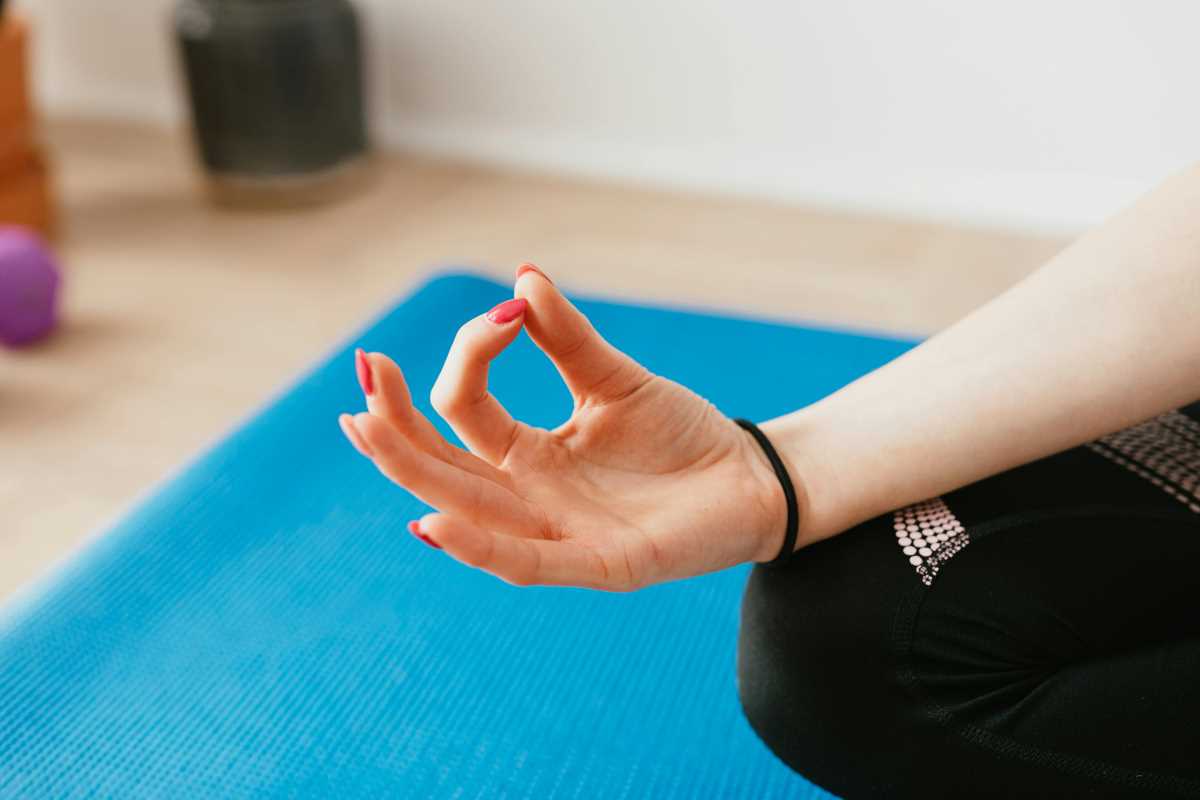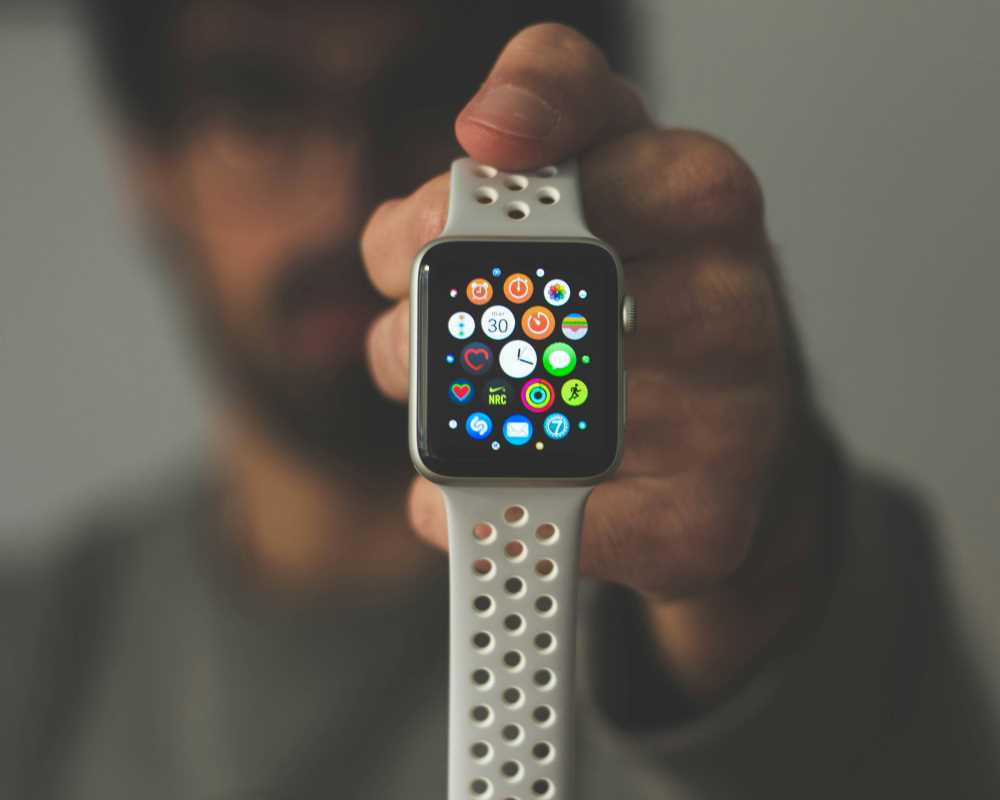Do you struggle to fall asleep at night? You’re not alone. Many middle-aged women find it increasingly difficult to get a good night’s rest—and the culprit might actually be closer than you think. The glowing screens on our phones, tablets, and TVs are more than just distractions; they’re messing with our internal clocks.
This post dives into how blue light affects your sleep cycle, why it’s become a bigger issue over the years, and, most importantly, what steps you can take to reclaim your rest.
What Exactly Is Blue Light?
Blue light is a type of light found naturally in sunlight, which helps regulate our sleep-wake cycle, also known as the circadian rhythm. It’s not all bad; in fact, blue light helps keep us alert and focused during the day. The problem arises when we’re exposed to blue light at night, long after the sun has set.
Unfortunately, many of our favorite nighttime devices—smartphones, TVs, tablets, and even energy-efficient LEDs—emit large amounts of artificial blue light. Unlike natural light, which changes throughout the day, these screens provide a constant stream of blue light that confuses our brains.
How Blue Light Impacts Your Sleep Cycle
Your body has its own “biological clock,” regulated by the production of a hormone called melatonin. This hormone makes you feel sleepy when it gets darker outside. Normally, as the sun sets and the natural light dims, melatonin levels rise, signaling to your body that it’s time to wind down.
But here’s where blue light throws everything off. Exposure to blue light in the evening suppresses melatonin production, tricking your brain into thinking it’s still daytime. As a result, you may find yourself lying in bed, wide awake, scrolling through social media or replaying the day in your head.
The Domino Effect of Poor Sleep
Losing even an hour of quality sleep can have ripple effects on your overall health. Over time, consistent exposure to blue light at night has been linked to:
- Difficulty falling and staying asleep
- Increased stress and irritability
- Lowered energy levels throughout the day
- Poor concentration and decision-making
- Heightened risk of chronic issues like obesity, heart disease, and diabetes
And, as many middle-aged women know, getting enough high-quality sleep plays a crucial role in managing hormones, combating signs of aging, and maintaining mental well-being. Simply put, sleep isn’t a luxury—it’s a necessity.
Technology’s Role in Our Sleep Struggles
Over the past decade or so, technology has become an inseparable part of our daily lives. From Netflix binges to nightly TikTok scrolls, most of us spend our evenings in front of one screen or another. While entertaining, these habits are creating a perfect storm for sleep disturbances.
Even the small act of checking your phone before bed can snowball into hour-long scroll sessions. Social media feeds are designed to be endlessly engaging, and before you know it, you’ve tricked your brain into staying alert when you should be winding down. The consistent blue light from your device—and the accompanying mental stimulation—makes it harder to turn off and fall into deep, restorative sleep.
How to Minimize the Impact of Blue Light (Without Ditching Your Devices)
The good news? You don’t have to give up your evening screen time entirely to improve your sleep. Here are some practical (and manageable) tips to help balance technology use with better rest:
1. Follow the 60-Minute Rule
Try to put away all screens at least 60 minutes before bedtime. This gives your body the chance to naturally release melatonin and prepare for sleep. If going completely screen-free is a stretch, consider switching to relaxing activities like reading a book, doing gentle stretches, or listening to a calming podcast.
2. Enable Night Mode or Blue Light Filters
Most modern devices have a built-in “night mode” or blue light filter. This setting reduces the amount of blue light emitted by your screen, replacing it with warmer tones. You can usually schedule this feature to turn on automatically as the sun sets—making it an easy, set-it-and-forget-it step.
3. Invest in Blue Light Glasses
Blue light-blocking glasses have gained popularity in recent years, and for good reason. These lenses are designed to filter out blue light wavelengths, making them a great option if you find yourself glued to a screen in the evening. Just be sure to choose a reputable brand with scientifically-backed claims.
4. Adjust Your Lighting
The lighting in your home may also be contributing to blue light exposure. Switch to “warm” or dimmable LEDs in your bedroom and living spaces. If possible, avoid bright overhead lighting in the evening, opting instead for table lamps or candles.
5. Create a Bedtime Wind-Down Routine
Blue light isn’t the only thing disrupting your sleep—stress and overactivity can play a big role, too. Develop a calming bedtime routine to signal to your body that it’s time to relax. This could include taking a warm bath, journaling, meditating, or doing some light yoga.
6. Consider Technology Alternatives
If you enjoy relaxing moments like watching TV or reading on your tablet before bed, consider revisiting old-school methods instead. For example, swap your tablet for a paperback book or replace digital white noise apps with an analog sound machine.
7. Outside Exposure Matters Too
Counterintuitively, the best way to protect your sleep cycle from blue light at night is to ensure you’re exposed to plenty of natural light during the day. Spend time outdoors in the sunlight, especially in the morning. This helps reinforce the natural rhythm of your body clock and combat the negative effects of evening screen time.
Building Healthy Habits for Better Nights (and Better Days)
When it comes to blue light, it’s all about moderation. You don’t need to swear off your nightly Netflix marathons or toss your smartphone out the window—but making small, intentional adjustments can significantly improve your quality of sleep.
Whether it’s as simple as switching on a blue light filter or introducing a bedtime book ritual, try experimenting with one or two of these tips tonight. Over time, these small changes can make a big difference.
Blue light may not seem like a big deal until you realize how deeply it’s ingrained itself into every stage of your nightly routine. But the silver lining is that a bit of mindfulness and the right tools are all it takes to reclaim your sleep and wake up feeling refreshed.
 (Image via
(Image via





